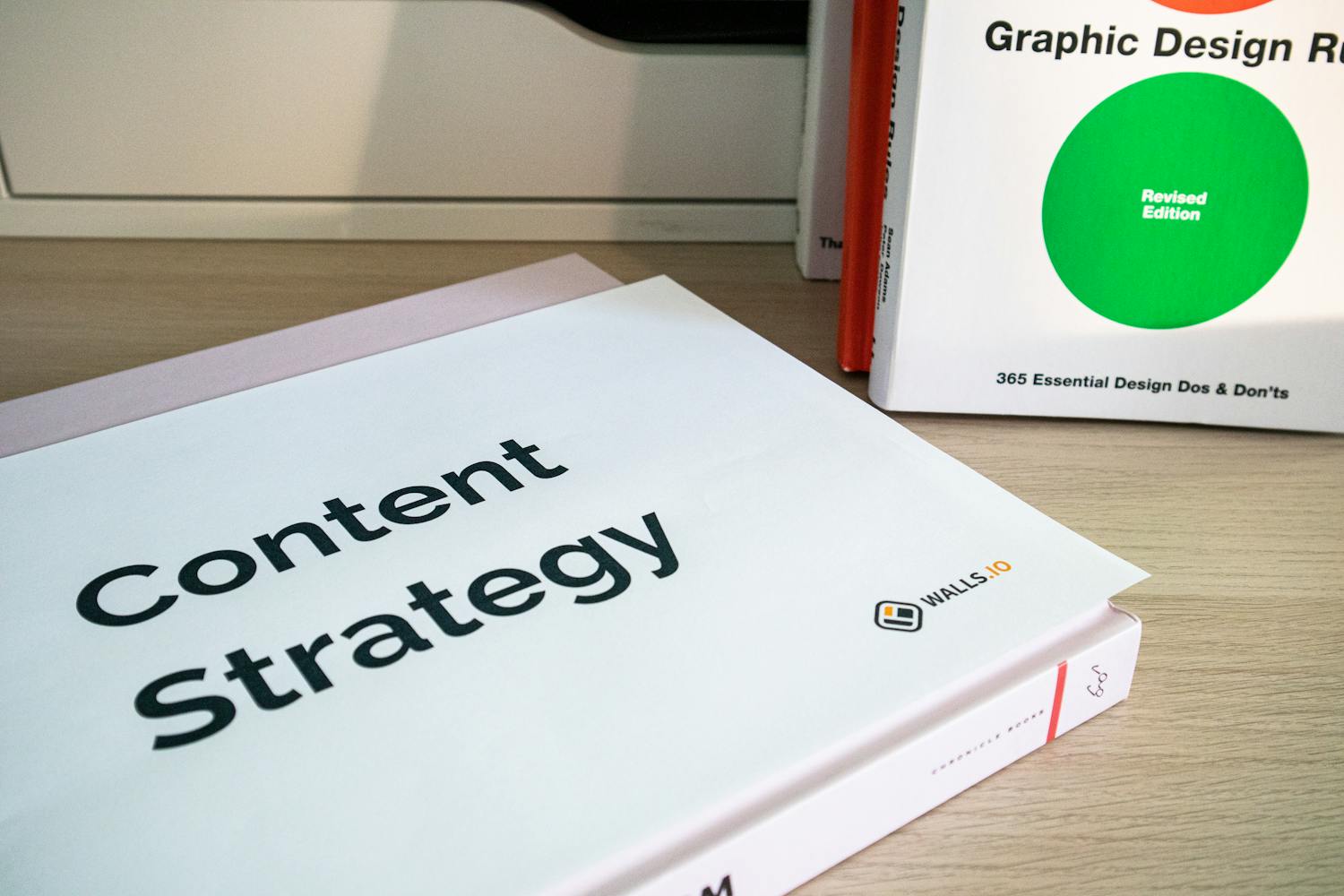
In today’s digital landscape, content is king, but only if it’s crafted with purpose, consistency, and sustainability in mind. For businesses, an engaging and sustainable content strategy is essential for building brand awareness, attracting new customers, and maintaining long-term growth. However, creating content that resonates with your audience while maintaining a steady flow of quality material can be challenging without the right approach.
Here are five key principles for developing an engaging and sustainable content strategy that can drive meaningful results for your business.
1. Know Your Audience Inside and Out
The foundation of any successful content strategy is a deep understanding of your target audience. Creating content that speaks directly to the needs, challenges, and preferences of your audience is crucial for engagement. Without a clear picture of who your audience is, your content may lack relevance and fail to generate interest.
Next Steps:
- Create Detailed Buyer Personas: Develop comprehensive profiles of your ideal customers, including their demographics, pain points, interests, and behaviors. This helps you tailor content that resonates with specific segments of your audience.
- Conduct Surveys and Gather Feedback: Regularly engage with your audience through surveys, social media, or direct feedback to understand their preferences and changing needs.
- Analyze Customer Data: Use analytics tools to examine user behavior on your website and social media. Track which content performs best and adjust your strategy accordingly.
Understanding your audience allows you to produce content that provides value, sparks interest, and fosters loyalty, ensuring your efforts are targeted and effective.
2. Set Clear, Measurable Goals
To create a content strategy that is both engaging and sustainable, you need a clear roadmap. Setting measurable goals helps guide your content creation and ensures that your efforts contribute to broader business objectives. Whether you’re looking to increase website traffic, generate leads, or boost brand awareness, your content should align with these goals.
Next Steps:
- Define Key Objectives: Identify what you want to achieve with your content. Common goals include improving SEO rankings, driving conversions, building brand authority, or increasing social media engagement.
- Use SMART Goals: Ensure your goals are Specific, Measurable, Achievable, Relevant, and Time-bound. For example, “Increase organic traffic by 20% in six months” is a clear and measurable goal that guides your strategy.
- Track Key Performance Indicators (KPIs): Regularly measure KPIs such as website traffic, conversion rates, social media engagement, and email click-through rates to assess the success of your content.
By setting clear goals, you can maintain focus, measure success, and refine your content strategy over time to ensure sustainable growth.
3. Prioritize Quality Over Quantity
It’s tempting to produce as much content as possible, but quality is far more important than quantity. High-quality content not only boosts engagement but also builds trust and credibility with your audience. Investing time and resources into creating well-researched, valuable content will provide more long-term benefits than churning out content that lacks substance.
Next Steps:
- Focus on Value: Prioritize creating content that educates, informs, or entertains your audience. Offer solutions to their problems or answer common questions within your industry.
- Conduct Thorough Research: Use data, case studies, and credible sources to back up your claims. High-quality content reflects your authority and knowledge in your niche.
- Edit and Proofread: Ensure every piece of content is polished and free of errors. Poor grammar or factual mistakes can damage your credibility.

Producing fewer but higher-quality pieces will ultimately result in better engagement, higher search rankings, and a stronger reputation.
4. Be Consistent Across Channels
Consistency is critical for building audience trust and maintaining engagement over the long term. A sustainable content strategy means delivering content regularly across all platforms where your audience is active—whether it’s a blog, social media, email, or video.
Next Steps:
- Create a Content Calendar: Plan your content in advance to ensure consistency. Map out topics, publication dates, and distribution channels, whether weekly blog posts or daily social media updates.
- Repurpose Content Across Channels: Maximize your content by repurposing it for different platforms. For example, a blog post can be transformed into social media snippets, an infographic, or a podcast episode.
- Maintain Brand Voice: Ensure your messaging, tone, and style remain consistent across all content. This builds brand recognition and helps create a cohesive experience for your audience.
By being consistent with your output, you create a reliable presence that keeps your audience engaged and returning for more, while also building trust and loyalty.
5. Adapt and Evolve Based on Performance
An engaging and sustainable content strategy is one that evolves over time. Regularly reviewing your performance and adjusting your approach ensures your content remains relevant and effective. What works today might not work tomorrow, so staying agile and open to change is key.
Next Steps:
- Monitor Content Performance: Use tools like Google Analytics, social media insights, and email marketing platforms to track how your content performs. Pay attention to what resonates most with your audience and what doesn’t.
- A/B Test Content Formats: Experiment with different types of content—such as videos, infographics, or long-form articles—to see what engages your audience the most. A/B testing helps you refine your strategy based on actual results.
- Stay Updated on Trends: Keep an eye on content trends in your industry and be willing to adjust your strategy accordingly. This could mean experimenting with new platforms (like TikTok) or content formats (like live streaming).

By continually analyzing and refining your strategy based on performance, you ensure your content stays engaging and relevant, helping to maintain audience interest and drive results over the long term.
Building a Long-Term Content Strategy That Lasts
Crafting an engaging and sustainable content strategy is about understanding your audience, setting clear goals, maintaining quality, and being consistent and adaptable. With a well-thought-out plan, your content can not only drive engagement and build brand authority but also foster long-term business growth. By focusing on value, consistency, and performance, you can create a content strategy that keeps your audience coming back while efficiently using your resources.
In a crowded digital marketplace, sustainable content creation can set you apart from competitors, ensuring that your brand remains top-of-mind with your target audience—both now and in the future.


